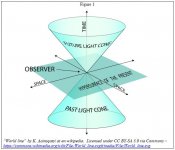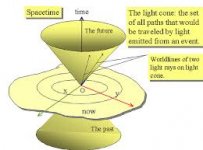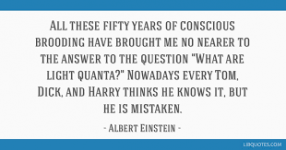''TIME'' - definitions
==
Can ''Time'' exist without matter ?
No.
Therefore, the right definition of ''time'' is to say: ''Gravity-time''
We have Earth ''gravity-time''.
Another planets have their own ''gravity-time''
From ''gravity-time'' is possible to create another definitions of ''time''
( atomic time-clock , biological-time, local-time, psychological-time . . . . )
=====
==
Can ''Time'' exist without matter ?
No.
Therefore, the right definition of ''time'' is to say: ''Gravity-time''
We have Earth ''gravity-time''.
Another planets have their own ''gravity-time''
From ''gravity-time'' is possible to create another definitions of ''time''
( atomic time-clock , biological-time, local-time, psychological-time . . . . )
=====





